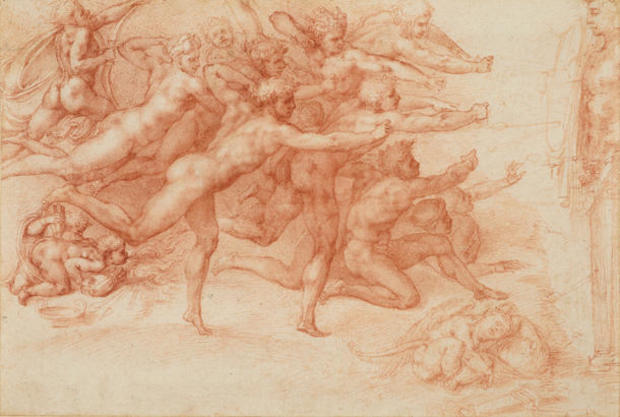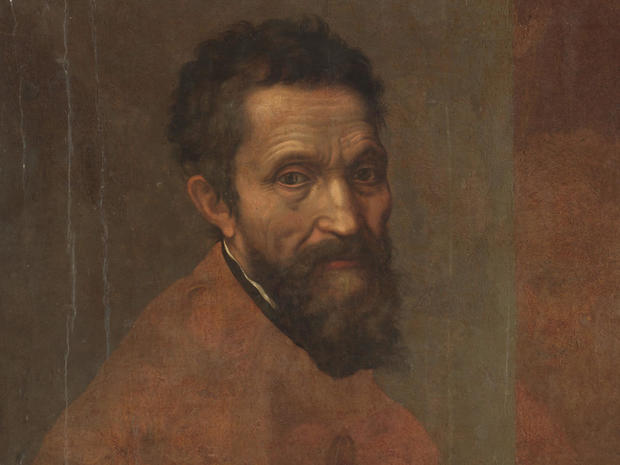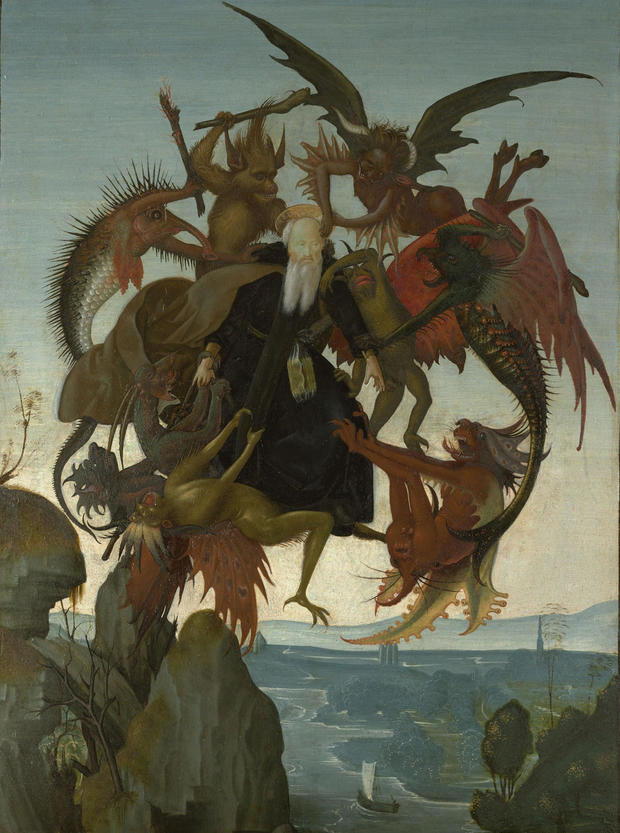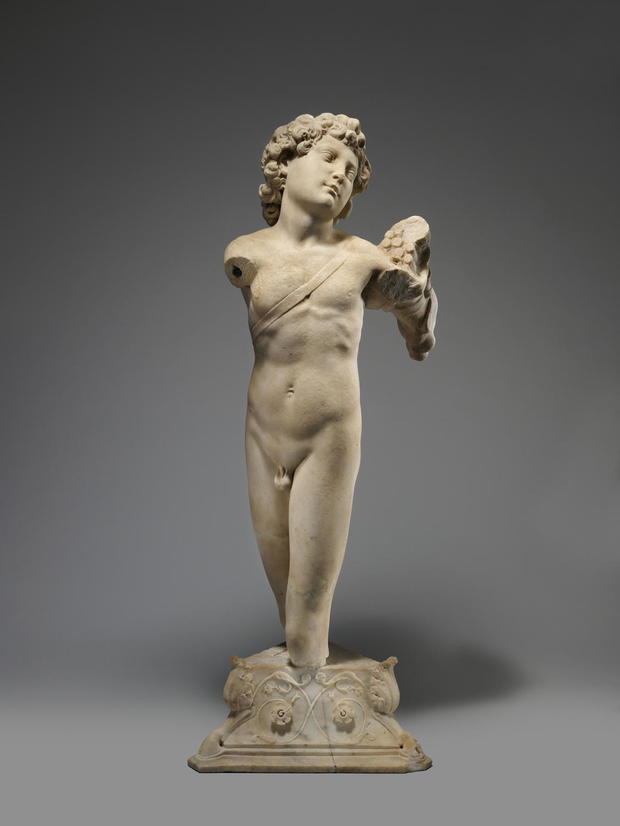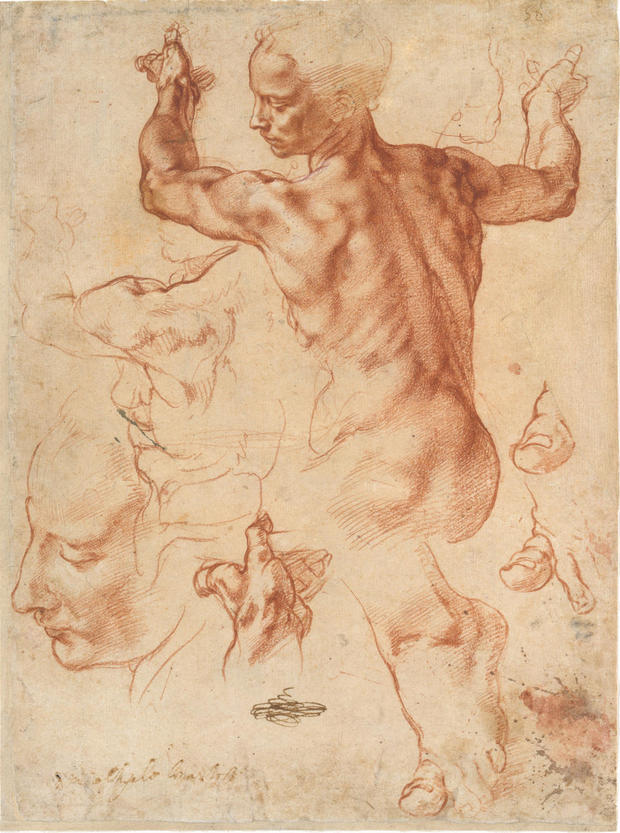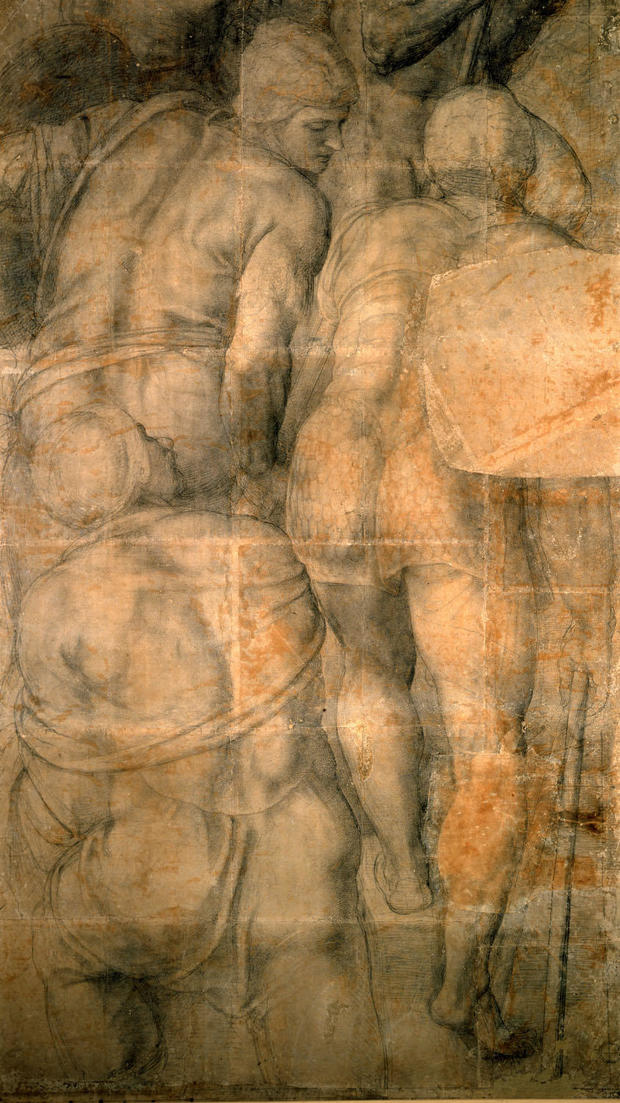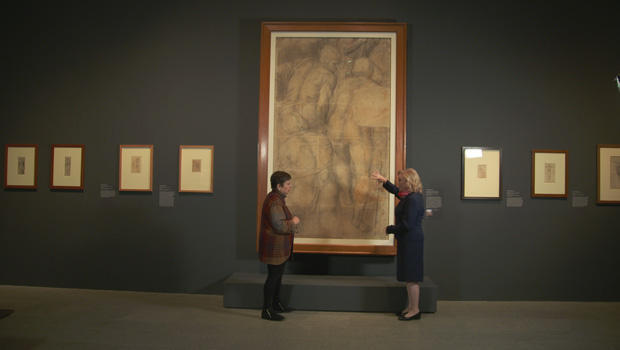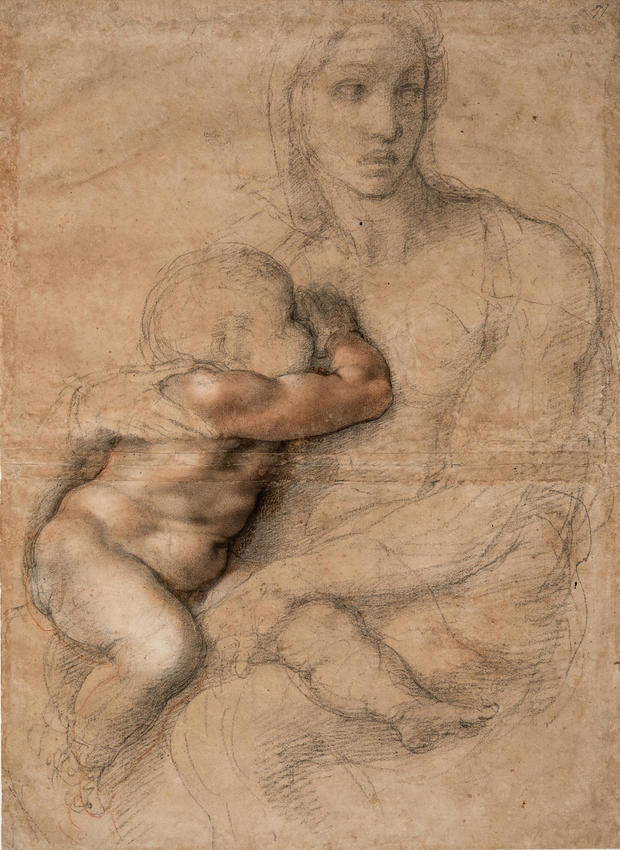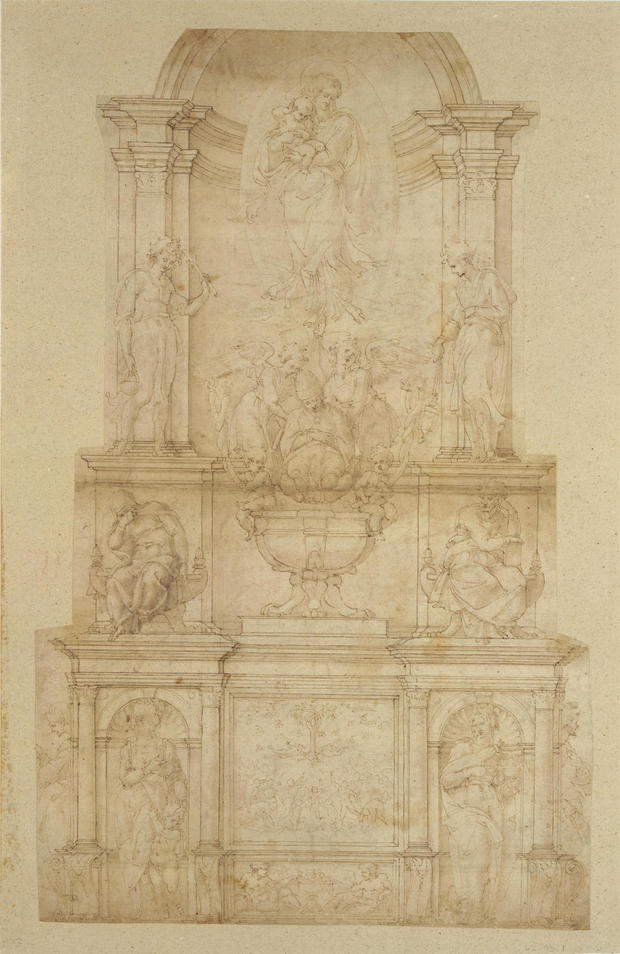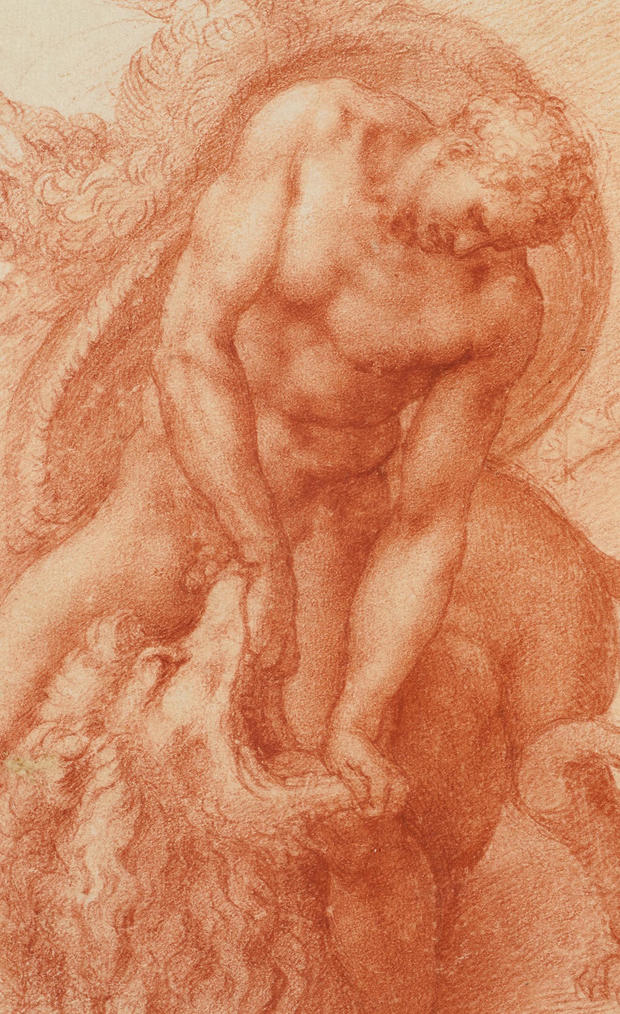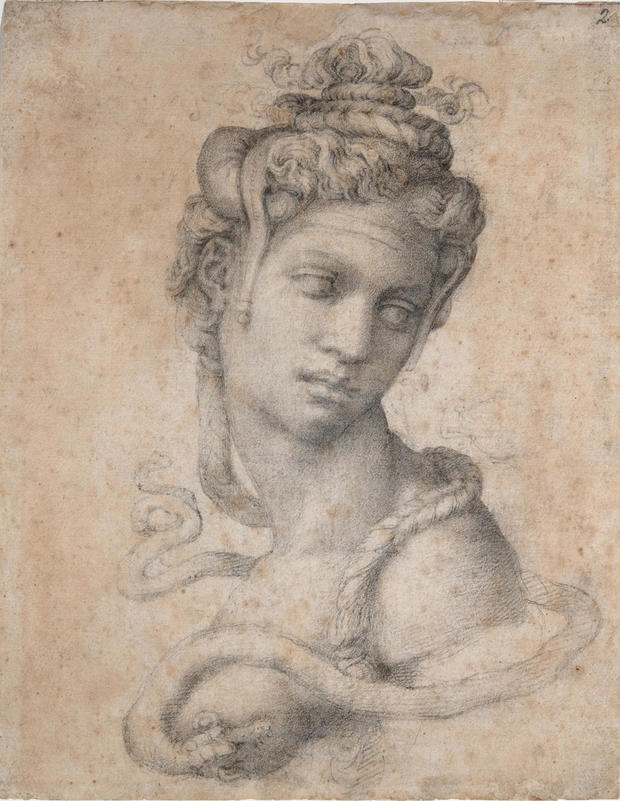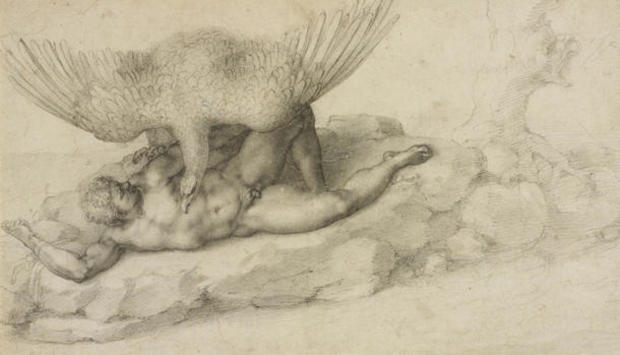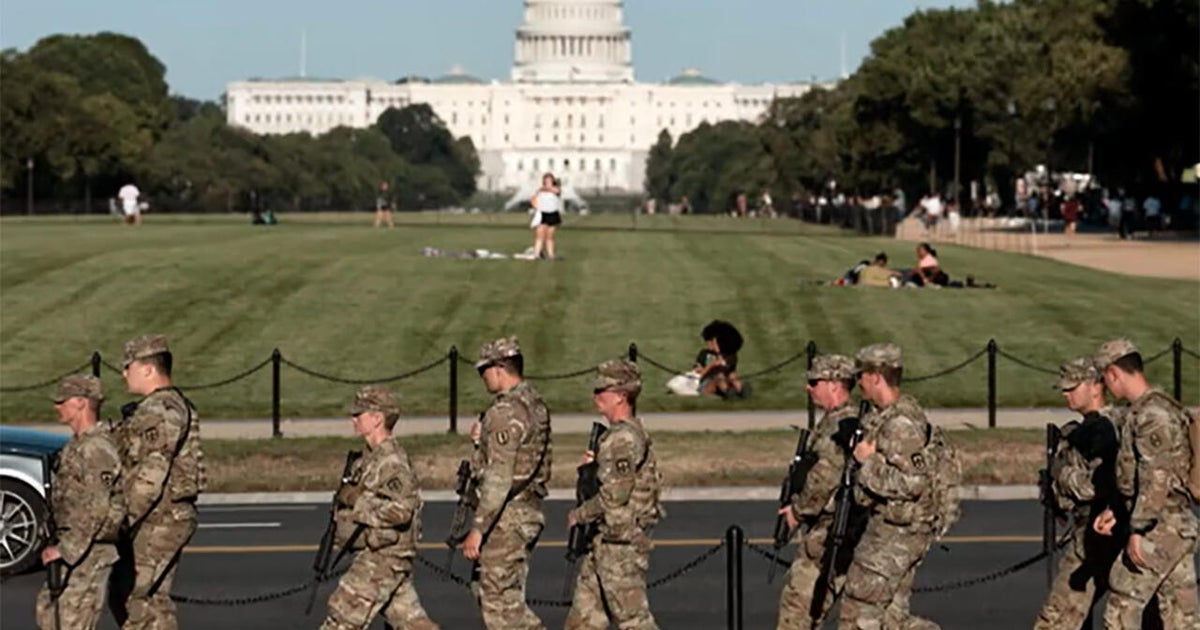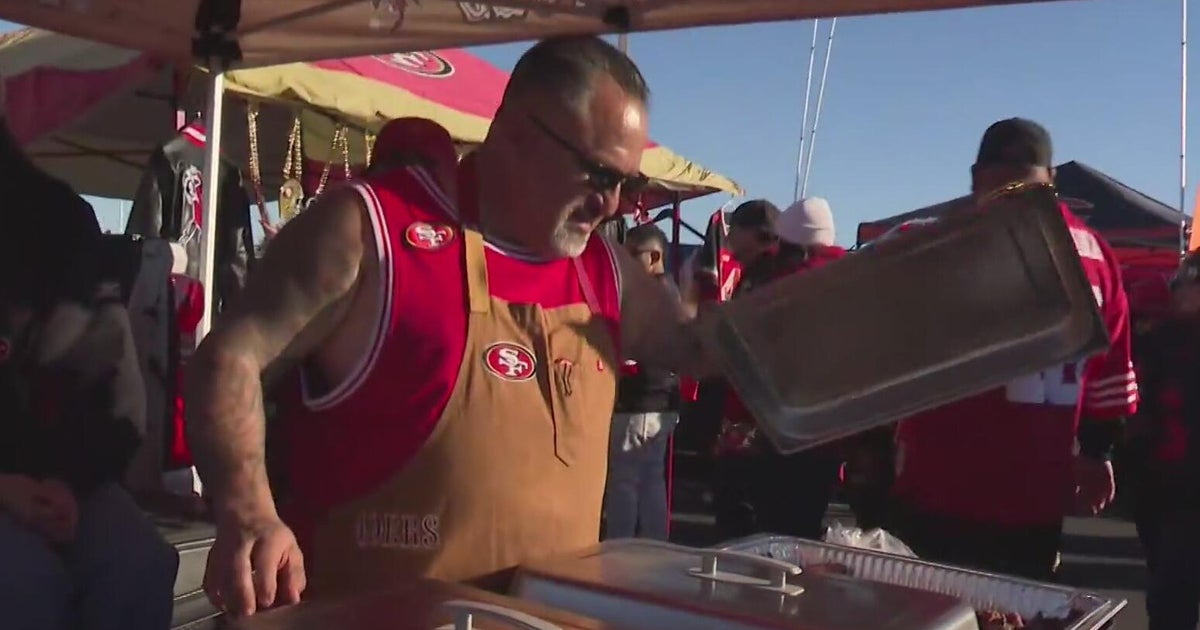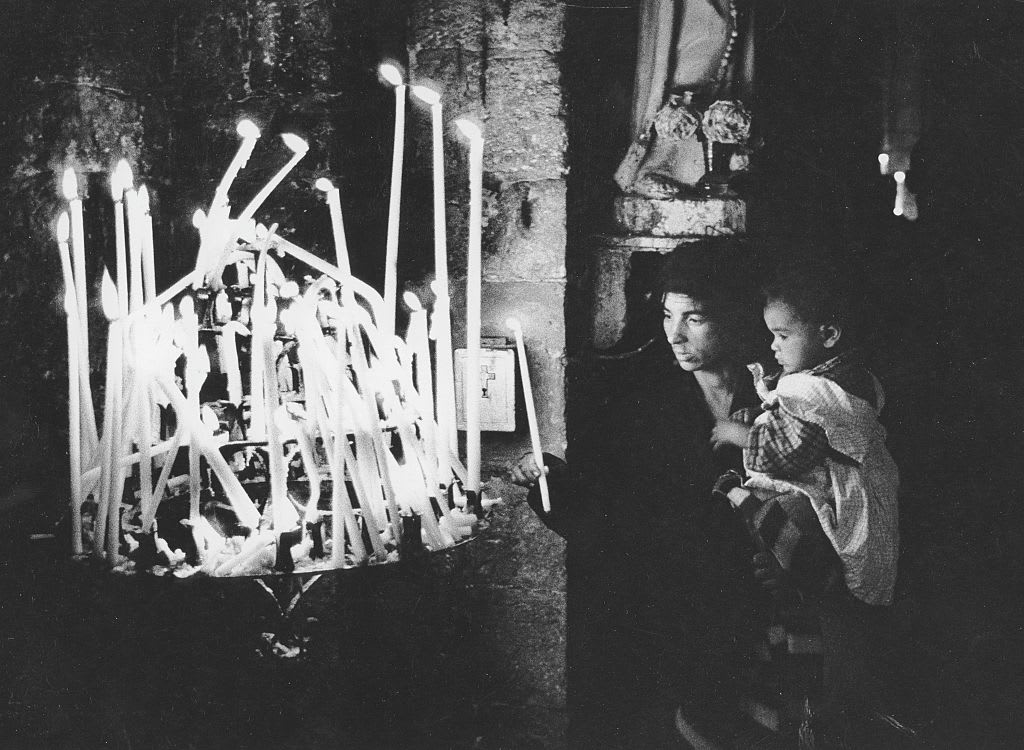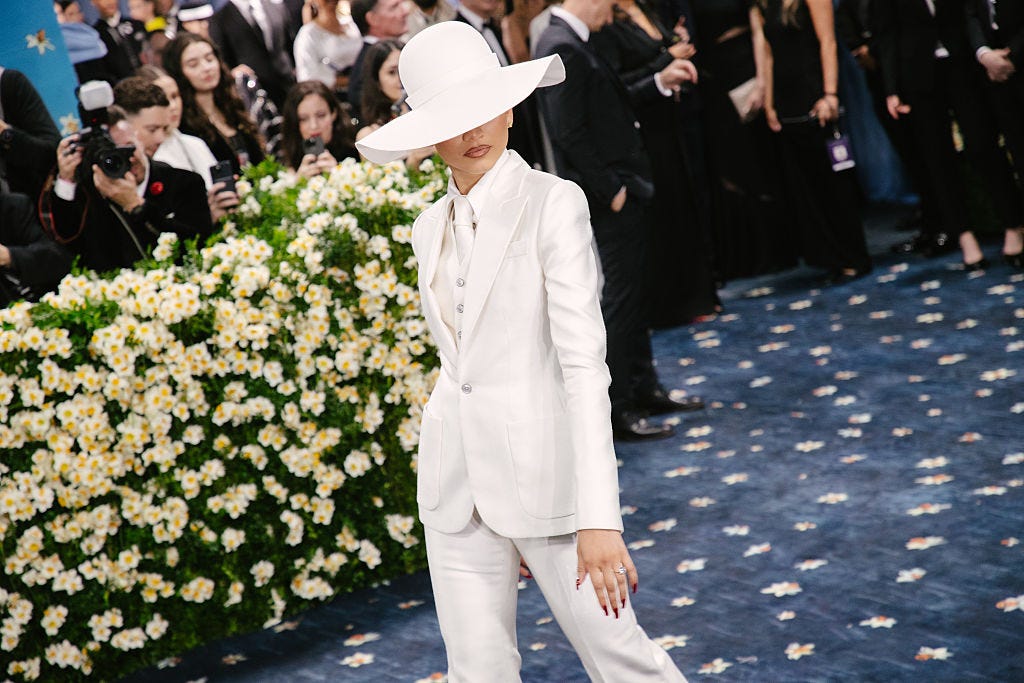The divine drawings of Michelangelo
"Archers Shooting at a Herm" (1530-33) by Michelangelo. Drawing, red chalk.
A blockbuster exhibition at the Metropolitan Museum of Art in New York City features drawings by the Renaissance artist, whom contemporaries called Il Divino, "The Divine One."
Portrait of the Artist
An apparently unfinished portrait of Michelangelo, c. 1544, by Daniele da Volterra, who also produced a magnificent bust of Michelangelo several years before the artist's death.
"The Torment of Saint Anthony"
Born in 1475 outside Florence, Michelangelo Buonarroti showed incredible artistic talent even as a child.
"The Torment of Saint Anthony" (1487-88) was painted by Michelangelo when he was 13 years old. Tempera and oil on wood.
"Young Archer"
Michelangelo loved sculpture. This marble statue, "Young Archer," dates from c. 1490, when the artist was 15.
He finished his famous "Pieta" at the age of 25 … his colossal "David" at 28.
"Studies for the Libyan Sibyl"
"Michelangelo often does sketches for his sculptures, as well as drawings on paper, and he uses the drawings on paper essentially to test ideas," curator Carmen Bambach told CBS News' Martha Teichner. "You can see him thinking on the paper, going from one side to another, turning the sheet around. He doesn't pause. He just fills it all up."
Pictured: Michelangelo's "Studies for the Libyan Sibyl" (1510-11), in red and black chalk or charcoal, in which he drew a boy posing in his workshop for the figure of a woman - a female prophet - on the Sistine Chapel frescoes.
Sistine Cartoon
"Cartoon with a Group of Soldiers for the Crucifixion of Saint Peter" (1542-46) by Michelangelo Buonarroti. Black chalk and charcoal.
For the Sistine Chapel's ceiling, Michelangelo created a series of large drawings, or cartoons. By pricking holes into the drawing and squirting it with charcoal dust, the outlines were transferred onto wet plaster for painting, like a dressmaker transferring a pattern onto fabric.
Sistine Cartoon
Detail from "Cartoon with a Group of Soldiers for the Crucifixion of Saint Peter" (1542-46) by Michelangelo Buonarroti. Black chalk and charcoal.
"Michelangelo: Divine Draftsman & Designer"
Only one of Michelangelo's full-scale cartoons for the Sistine frescoes - of Roman soldiers watching the crucifixion of St. Peter - survives.
"Unfinished cartoon for a Madonna and Child"
"Unfinished cartoon for a Madonna and Child" (1525-30) by Michelangelo Buonarroti. Black and red chalk, white gouache, brush and brown wash.
"Design for the Tomb of Pope Julius II della Rovere"
"Design for the Tomb of Pope Julius II della Rovere" (1505-06) by Michelangelo Buonarroti. Pen and brown ink, brush and brown wash, over stylus ruling and leadpoint.
"Three Labours of Hercules"
"Three Labours of Hercules" (1530-33) by Michelangelo Buonarroti. Red chalk.
The human body was the artist's favorite subject.
"To him, in many ways it's almost like a religion, shall we say, in the sense that the beauty of the human body, particularly the male human body, reflects the divine creation of God," said Bambach.
"Three Labours of Hercules"
Detail from "Three Labours of Hercules" (1530-33) by Michelangelo Buonarroti. Red chalk.
"Female Figure Seen in Bust-Length from the Front (Cleopatra)"
"Female Figure Seen in Bust-Length from the Front (Cleopatra)" (1530-33) by Michelangelo Buonarroti. Black chalk.
"Il Sogno"
"Il Sogno (The Dream)" (1530s) by Michelangelo Buonarroti. Black chalk.
"Portrait of Andrea Quaratesi"
"Portrait of Andrea Quaratesi" (1532) by Michelangelo Buonarroti. Black chalk.
One of his rare portraits, of a young nobleman, was a gift made out of love for a young man with whom Michelangelo very likely was infatuated.
"Tityus"
"Tityus" (c. 1530-32) by Michelangelo Buonarroti. Black chalk.
"The Cricifixion"
"Michelangelo: Divine Draftsman & Designer" will be at the Metropolitan Museum of Art in New York City through February 12, 2018.
By CBSNews.com senior producer David Morgan
